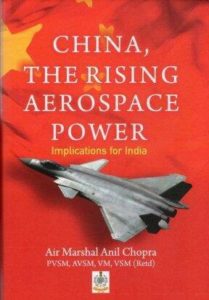28: LASER GUNS ON AIRBORNE PLATFORMS
Aerial warfare started with pilots shooting hand held weapons at each other from their aircraft. The aircraft mounted guns replaced these hand held weapons. The aircraft guns improved over the years in terms of the caliber of weapons, rate of fire, ammunition carrying capacity and most important the lethal range. Improvements also took place with respect to the arc of fire, cone of fire and the aiming systems. The aerial combat and the tactics kept changing depending upon the capability of these weapon systems.
Gradually longer range air to air missiles became the weapon of choice for airborne platforms. These missiles advanced from close combat ones to all aspect beyond visual range weapons. The nature of warfare and the tactics underwent a drastic change with these weapons.
The airborne platforms including fighters and combat support heavy aircraft have become vulnerable to modern weapons fired from far ranges. With introduction of hypersonic weapons the reaction time will reduce further increasing their vulnerability.
24: Book Review : China-The rising aerospace power: Implications for India
While the USA would like to have a unipolar world, and bi-polar Asia, China wants to have a Bi-polar world and Uni-polar Asia. India would soon be the third most powerful world power and would prefer a multipolar world.

Overall it is a very comprehensive research work covering all aspects related to a very relevant subject.
Review by: Air Marshal Anil Khosla (Retd)
Continue reading “24: Book Review : China-The rising aerospace power: Implications for India”
